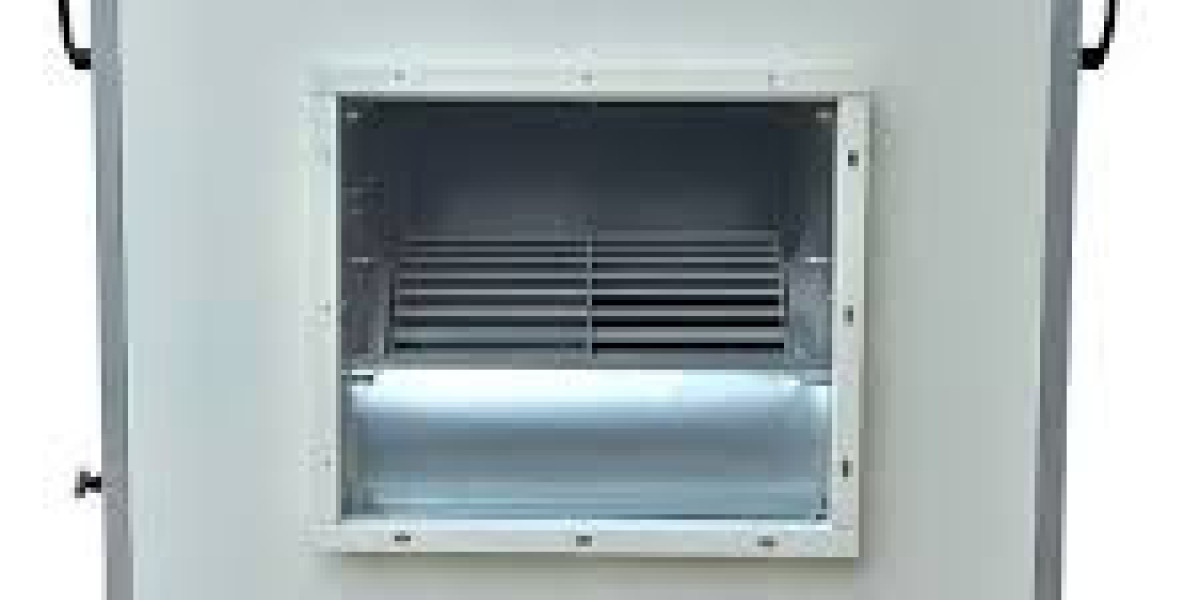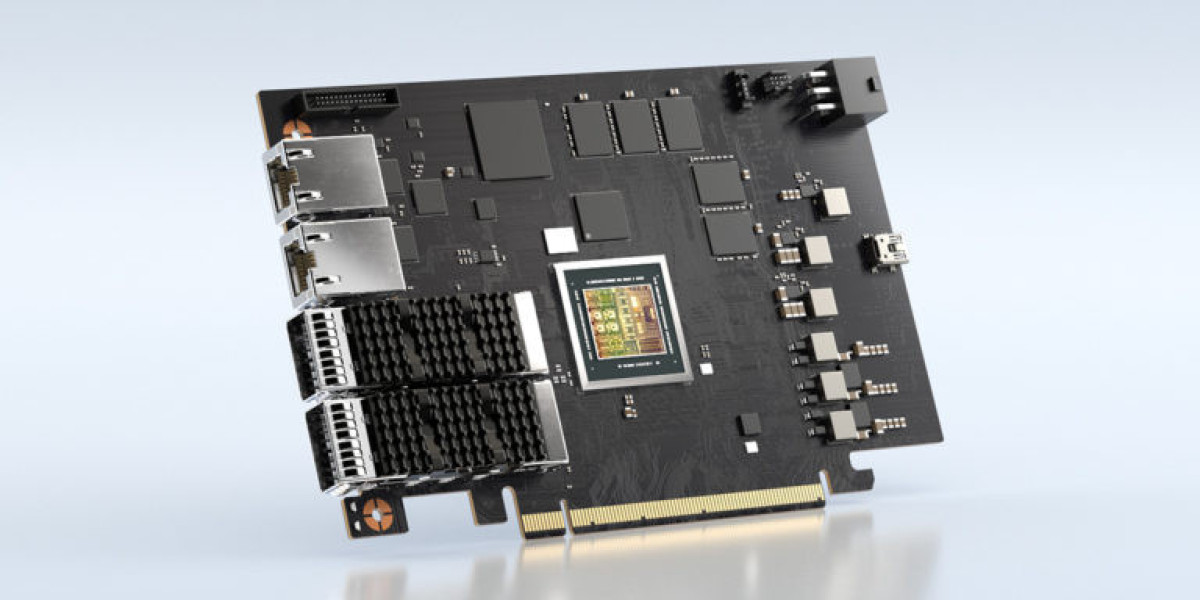In the quest for efficient and eco-friendly cooling solutions, evaporative air coolers have emerged as a popular choice. Known for their cost-effectiveness and environmental benefits, these coolers offer a viable alternative to traditional air conditioning systems. This blog provides an in-depth look at evaporative air coolers, how they work, and their benefits, particularly focusing on their application as an industrial air cooler.
What is an Evaporative Air Cooler?
An evaporative air cooler, also known as a swamp cooler, is a device that cools air through the evaporation of water. Unlike traditional air conditioning systems that use refrigerants, evaporative coolers leverage the natural cooling effect of evaporating water. This method not only cools the air but also adds moisture, making it an ideal solution for dry climates.
Components of an Evaporative Air Cooler
Evaporative air coolers consist of several key components that work together to provide effective cooling:
Water Tank: This reservoir holds the water that will be used for evaporation.
Cooling Pads: These are made of materials like cellulose or aspen, which are designed to absorb and retain water.
Water Pump: The pump circulates water from the tank to the cooling pads, ensuring they remain wet.
Fan/Blower: This component draws warm air from the environment and passes it through the wet cooling pads.
Control System: Most modern evaporative coolers come with a control system that allows users to adjust the fan speed and water pump operation.
How Does an Evaporative Air Cooler Work?
The operation of an evaporative air cooler is relatively simple and can be broken down into the following steps:
Water Circulation: Water from the tank is pumped to the top of the cooling pads. It then trickles down, saturating the pads.
Air Intake: The fan or blower draws warm air from the outside into the cooler. As the air passes through the wet cooling pads, it loses heat to the water through the process of evaporation.
Evaporation: As the warm air moves through the wet pads, the water evaporates, absorbing heat from the air and thus cooling it down.
Cooling Effect: The cooled, moist air is then blown into the room or space, lowering the ambient temperature and increasing humidity.
Continuous Process: The process continues as long as the water tank has sufficient water and the fan and pump are operating.
Benefits of Evaporative Air Coolers
Evaporative air coolers offer numerous advantages over traditional air conditioning systems:
Energy Efficiency: Evaporative coolers consume significantly less energy compared to air conditioners, as they do not use compressors or refrigerants.
Eco-Friendly: By relying on the natural process of evaporation, these coolers have a minimal environmental impact and do not emit harmful greenhouse gases.
Cost-Effective: Both the initial cost and the operating costs of evaporative coolers are lower than those of traditional air conditioning systems.
Improved Air Quality: The addition of moisture to the air can help reduce dust and allergens, improving indoor air quality.
Ease of Maintenance: Evaporative coolers have fewer mechanical components, making them easier and less expensive to maintain.
Applications of Evaporative Air Coolers
Evaporative air coolers are versatile and can be used in various settings, including:
Residential: They are ideal for homes in dry climates, providing an affordable and effective cooling solution.
Commercial: Offices, retail spaces, and restaurants can benefit from the cost savings and improved air quality offered by evaporative coolers.
Industrial: Large spaces such as warehouses, factories, and workshops can be efficiently cooled with industrial air coolers, which are specifically designed to handle the demands of extensive areas.
Outdoor: Evaporative coolers are also suitable for outdoor events and patios, providing a pleasant cooling effect in open spaces.
Choosing the Right Evaporative Air Cooler
When selecting an evaporative air cooler, consider the following factors:
Size and Capacity: Ensure the cooler is appropriately sized for the area you intend to cool. An undersized unit will be ineffective, while an oversized unit can lead to excessive humidity.
Cooling Pads: Look for high-quality cooling pads with good water retention and durability. Thicker pads generally provide better cooling efficiency.
Water Tank Capacity: A larger water tank will reduce the frequency of refills, making the cooler more convenient to use.
Airflow: The airflow rating (measured in cubic feet per minute or CFM) should match the cooling needs of your space. Higher CFM ratings indicate better cooling performance.
Additional Features: Modern evaporative coolers may come with features like remote control, variable fan speeds, and timers, enhancing convenience and functionality.
Maintenance Tips for Evaporative Air Coolers
To ensure optimal performance and longevity of your evaporative air cooler, regular maintenance is essential:
Cleaning: Regularly clean the cooling pads, water tank, and other components to prevent the buildup of mold, mildew, and mineral deposits.
Water Quality: Use clean, fresh water in the cooler to avoid clogging and scaling. In hard water areas, consider using a water softener or additive to reduce mineral buildup.
Filter Replacement: Replace cooling pads as recommended by the manufacturer. Worn-out pads can reduce cooling efficiency and air quality.
Winterization: If you live in a region with cold winters, properly drain and store the cooler during the off-season to prevent damage from freezing temperatures.
Conclusion
Evaporative air coolers offer an efficient, cost-effective, and environmentally friendly alternative to traditional air conditioning systems. By leveraging the natural process of evaporation, these coolers provide effective cooling, particularly in dry climates, and are well-suited for various applications, including residential, commercial, and industrial settings. When selecting an industrial air cooler, it's essential to consider factors such as size, capacity, and maintenance requirements to ensure optimal performance. With proper care and maintenance, an evaporative air cooler can provide years of reliable service, enhancing comfort and air quality in your space.


